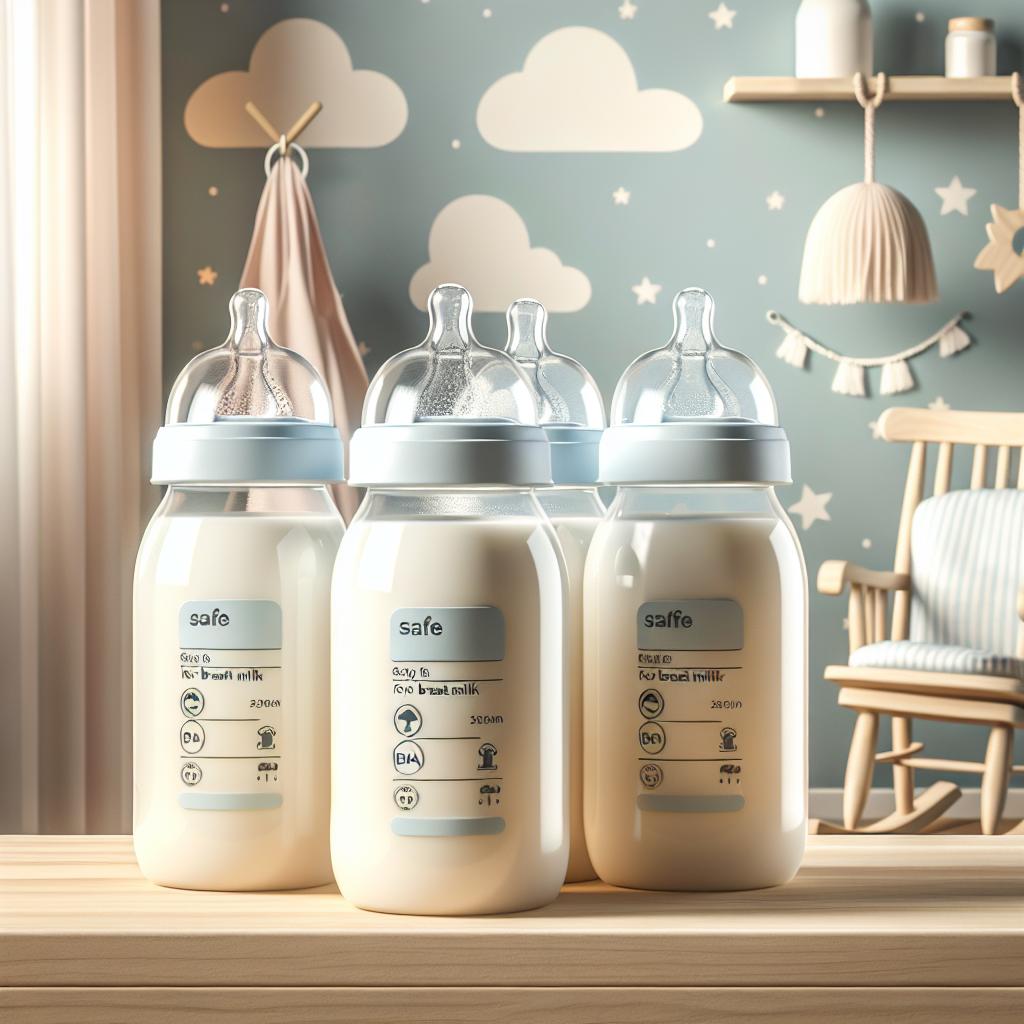The Challenge of Balance in Breastfeeding and Bottle Feeding
Every mother wishes to offer the best to her baby, and feeding is a significant part of that. But how does one balance breastfeeding with bottle feeding? Finding the perfect feeding balance may seem like an insurmountable task, especially for new parents. Yet, with some effort and understanding, it’s far from impossible.
Finding Your Feeding Balance
Achieving a balance between breastfeeding and bottle feeding requires an understanding of your baby’s needs and your lifestyle. Newborns have small stomachs, yet they grow rapidly, requiring frequent feedings. As a mother, you may need to return to work or have other constraints that hinder the ability to breastfeed exclusively. That’s where bottles come in handy. Bottle feeding doesn’t mean maternal bond is weakened or nutritional value compromised. Instead, it promotes a feeding balance and ensures that your baby is well-nourished and feels secure.
Furthermore, choosing the right type of bottle can make a substantial difference in promoting this feeding balance. Bottles that mimic the breastfeeding experience can make the transition smoother for both mother and baby.
Tips to Balance Breastfeeding and Bottle Feeding
Having established the importance of balanced feeding, let’s delve into some practical tips that can help you maintain this balance:
- Start with Breastfeeding: Your breast milk is the perfect food for your newborn. It meets all the nutritional needs and boosts their immune system. Attempt to initiate breastfeeding within an hour of giving birth.
- Introduce Bottles Gradely: Introducing the baby to the bottle takes time and patience. Wait until breastfeeding is well established before adding a bottle to the feeding routine.
- Choose the Right Bottle: Select a bottle that closely resembles the breastfeeding experience. Safe and BPA-free bottles are fundamental to ensuring the baby’s health and comfort.
- Respond to Your Baby’s Clues: Every baby is unique. Pay attention to their cues and adjust feeding practices accordingly. Responsive feeding is a crucial aspect of balanced feeding.
Seeking Professional Guidance on Balanced Feeding
Finally, don’t hesitate to seek professional guidance for you and your baby’s feeding journey. Balanced Breastfeeding provides an array of resources ranging from personal consultations to informative workshops, that can help you navigate the path of breastfeeding and bottle feeding.
Understanding your baby’s feeding cues and implementing calming techniques is also essential in maintaining this balance. You may find some helpful tips in our guide about calming techniques for bottle feeding.
The Journey to Balance is a Learning Process
Balancing breastfeeding and bottle-feeding is a learning journey that necessitates flexibility and patience. Remember, every child is different, so what works for one might not work for another. While advice and guidelines can be useful, the most important thing is to listen and give priority to your baby’s needs and signals.
Getting Your Baby Comfortable with Bottle Feeding
Preparing the toddler to accept bottle feeding can also be a significant part of this journey. Ensuring your baby feels comfortable with both bottle and breast is the only way to create a viable balance. However, this might take time as the baby might initially resist the bottle. The NHS proposes trying different bottle nipples, changing the feeding position, or warming the nipple to body temperature to facilitate the process.
The Role of the Support Network in Balanced Feeding
Finally, remember that feeding your child doesn’t have to be a solitary task. Enlisting the help of your partner, family, and friends can lighten the burden and give you a well-deserved break. It can also be a way for others to bond with the baby. The key is to involve your support network early in the process, making bottle feeding an accepted and familiar process for the baby.
Maintaining Your Peace Through the Balance
Finding the balance between breast and bottle feeding can be a source of stress for many parents. Here is where the peace of mind and calmness come in critical. In a guide to combined feeding, Amy Peterson and Mindy Harmer stress the importance of reassurance and confidence in your decisions.
It is important not to let anxiety or pressure get the better of you. Stay reassured that your choices of feeding are the best for your child and you. There is no universal “correct” way of feeding a baby. It is about understanding your baby’s needs and responses and finding the feeding process that works best for you.
Potential Challenges of Balanced Feeding
Certain challenges are to be expected when implementing a balanced feeding schedule. For one, there might be concerns about nipple confusion when introducing the bottle to a baby who’s been exclusively breastfed. Interestingly, the La Leche League’s book, “The Womanly Art of Breastfeeding”, states that nipple confusion is more likely about flow preference rather than nipple texture. A baby might refuse the breast if the milk flow from the bottle is faster and less demanding.
Also, timing the introduction of bottle feeding can be tricky. While introducing the bottle too early might disrupt breastfeeding, waiting too long might result in the baby refusing the bottle entirely. Experts like those on The Bump suggest introducing a bottle between two to four weeks after birth.
Rest assured that these challenges, while their solutions require consistent effort, are surmountable and that balanced feeding is achievable.






